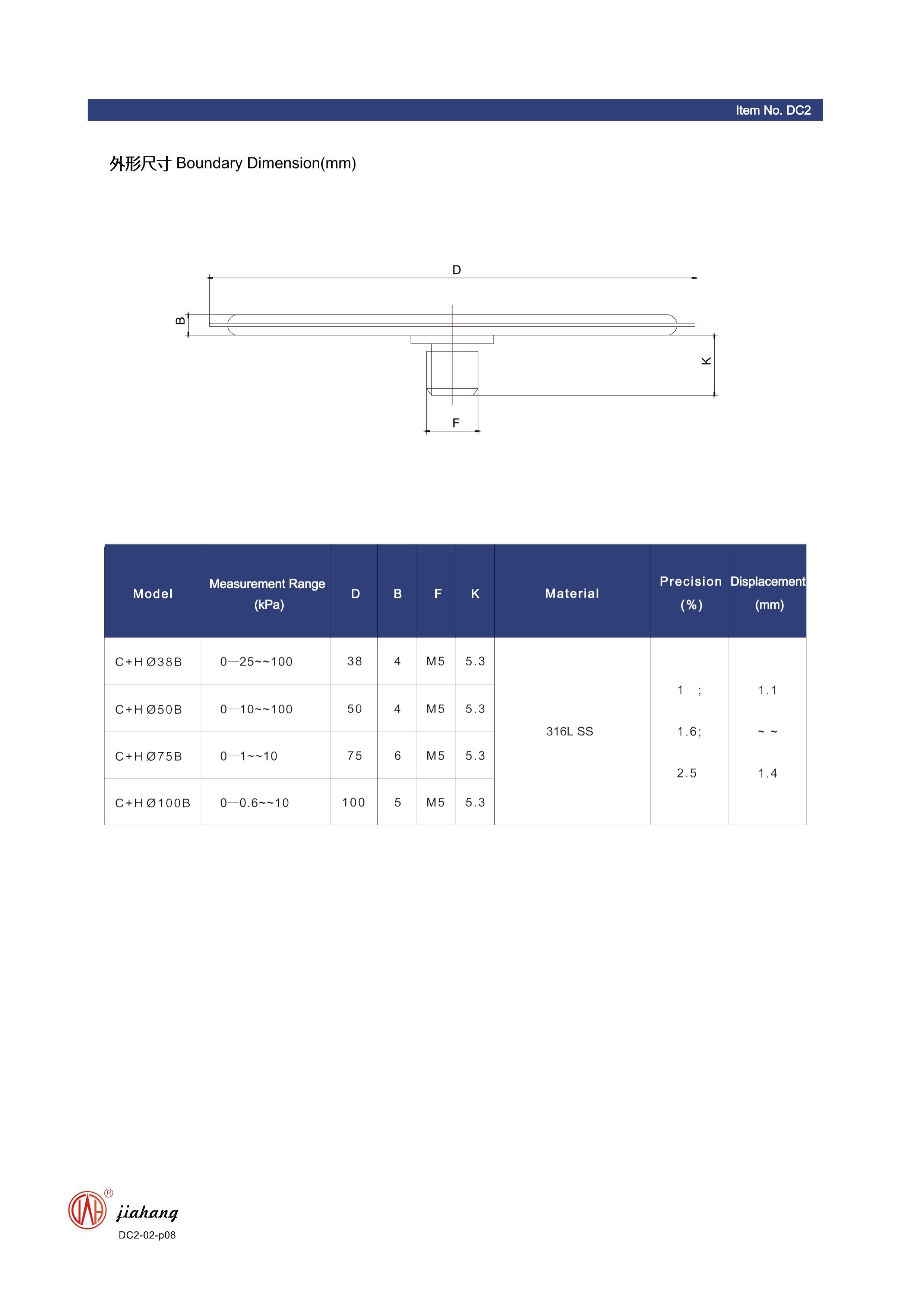
Nov . 28, 2024 02:23 Back to list
Understanding Fire Extinguisher Gauge Pressure and Its Importance for Safety Measures
Understanding Fire Extinguisher Gauge Pressure Importance and Maintenance
Fire extinguishers are an essential safety measure in both residential and commercial properties, designed to combat small fires before they escalate into emergencies. A critical aspect of ensuring the effectiveness of a fire extinguisher is its gauge pressure. Understanding what this gauge indicates, its importance, and how to maintain it can save lives and property during a fire outbreak.
What is a Fire Extinguisher Gauge?
The gauge on a fire extinguisher is a vital component that provides visual feedback on the internal pressure of the extinguisher. Most extinguishers are equipped with a pressure gauge that features a color-coded dial, typically divided into three sections the green zone, the red zone (both under and over pressure), and sometimes an additional yellow zone. The green zone indicates that the extinguisher is ready for use, meaning it is adequately pressurized. The red zones indicate situations where the extinguisher is either over-pressurized or under-pressurized, which can render it ineffective at the time of need.
Importance of Gauge Pressure
1. Effectiveness of the Extinguisher The primary importance of the gauge pressure lies in the extinguisher's performance. An extinguisher that is not within the green zone may fail to discharge properly when needed. This inefficacy can be critical during a fire, where every second counts.
2. Safety Assurance A properly maintained fire extinguisher equipped with the correct pressure provides peace of mind. Users can feel confident that they have a reliable tool at hand for emergency situations, minimizing the risk of injury or property damage.
3. Regulatory Compliance Many local fire codes and regulations require that fire extinguishers be regularly maintained and inspected. Part of this maintenance includes checking the gauge pressure to ensure compliance with safety standards.
Checking the Gauge Pressure
fire extinguisher gauge pressure products

Regularly checking the gauge pressure of a fire extinguisher should be part of a property owner’s routine safety measures. Here’s how to ensure the gauge is functioning correctly
- Visual Inspection Monthly visual inspections are recommended. Ensure the extinguisher is easily accessible, not obstructed, and that the gauge is seated properly and shows pressure in the green zone. - Environmental Conditions Be mindful of the environment where the fire extinguisher is located. Extreme temperatures can affect gauge pressure; for instance, cold environments may cause the gauge to show low pressure, while high temperatures can cause it to show high pressure. - Yearly Professional Inspections While you can perform monthly checks, it is essential to have the extinguisher serviced by a professional at least once a year. Professionals can check the internal components and recharge or replace the extinguisher if necessary.
Maintenance and What to Do When Out of Pressure
If you discover that the gauge is not in the green zone, it is crucial to take immediate action
1. If Under Pressure An under-pressurized extinguisher may need a recharge. Contact a licensed fire protection service to refill the extinguisher. 2. If Over Pressure If the gauge points to the over-pressure zone, do not attempt to use the extinguisher. It may be venting gases or experiencing structural issues. Again, reach out to a qualified technician for assessment and potential servicing.
3. Replacement If the fire extinguisher is outdated (most extinguishers have a lifespan of 5-15 years, depending on the type), or if it has been discharged or damaged, replacing it is the safest option.
Conclusion
The gauge pressure is a crucial aspect of fire extinguishers that should not be overlooked. Regular checks and maintenance are essential in ensuring these devices are always in optimal condition. Understanding how the gauge works, what the different pressure levels mean, and how to respond to changes can significantly impact safety during a fire emergency. By prioritizing fire safety through proactive measures, individuals and businesses can mitigate fire risks and protect lives and properties effectively.
-
High-Precision 5 Valve Manifold Differential Pressure Gauge Suppliers
NewsApr.29,2025
-
High-Precision Diaphragm Vacuum Pressure Gauges Manufacturers & Quotes
NewsApr.29,2025
-
Omega Differential Pressure Gauges High Accuracy & Durability
NewsApr.28,2025
-
Low Pressure Differential Pressure Gauges Precision Solutions & Quotes
NewsApr.28,2025
-
Digital Diaphragm Pressure Gaauge Precision Measurement & OEM Quotes
NewsApr.28,2025
-
Differential Pressure Gauge China Price High-Accuracy & Best Quotes
NewsApr.28,2025
